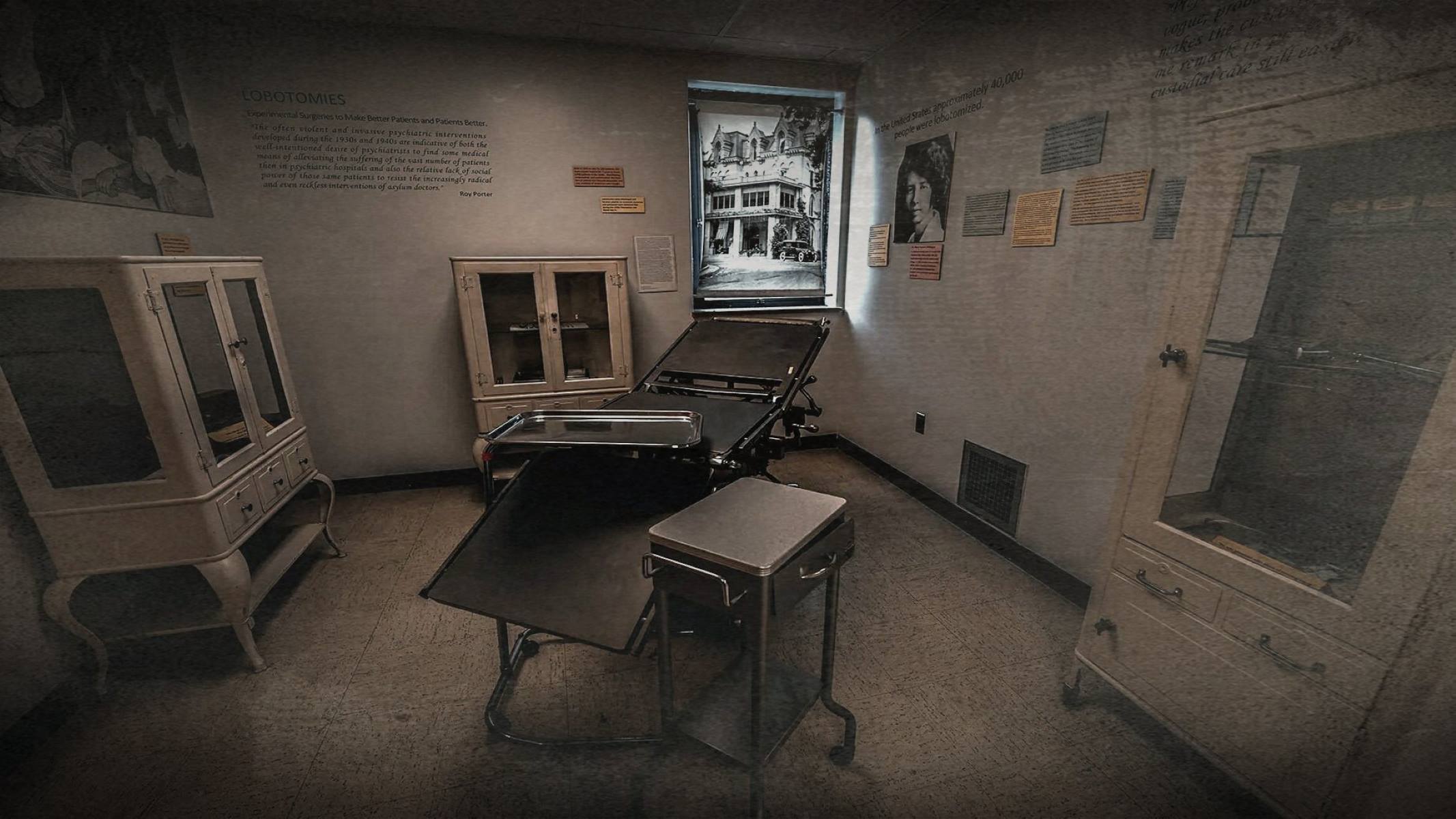Inside Missouri’s Glore Psychiatric Museum And Its Unique Past

Have you ever wondered what life was like inside a psychiatric hospital in the past? Missouri's Glore Psychiatric Museum offers a rare glimpse into the history of mental health treatment. Located in St. Joseph, this museum is housed in a building that was once part of the State Lunatic Asylum No. 2. Visitors can see exhibits showcasing the evolution of mental health care, from early treatments to modern practices. Displays include old medical equipment, patient artwork, and even a collection of items swallowed by patients. Walking through the museum, you get a sense of how far mental health care has come and the challenges faced by those who lived there. It's a fascinating place for anyone interested in history, medicine, or understanding the human mind.
A Peek into Missouri's Glore Psychiatric Museum
Missouri's Glore Psychiatric Museum offers a fascinating glimpse into the history of mental health treatment. Located in St. Joseph, this museum is a treasure trove of artifacts and exhibits that tell the story of psychiatric care through the ages. Let's explore some of the most intriguing exhibits you can find here.
Historical Treatment Devices
The museum showcases a variety of treatment devices used in the past. These artifacts provide insight into the evolution of mental health care and the sometimes-harrowing methods employed.
Tranquilizer Chair: This contraption was designed to calm patients by restricting movement. It might look like a medieval torture device, but it was once considered a cutting-edge treatment.
Lobotomy Tools: These tools were used in the controversial procedure aimed at treating severe mental disorders. The exhibit highlights the history and impact of lobotomies on patients.
Hydrotherapy Equipment: Water treatments were once popular for calming patients. The museum displays tubs and showers used in these therapies, offering a glimpse into this bygone practice.
Artifacts from the Asylum
The museum is housed in what was once the State Lunatic Asylum No. 2. It features artifacts that paint a vivid picture of life in the asylum.
Patient Clothing: Clothing worn by patients gives a sense of the daily life and conditions within the asylum. These garments tell stories of the individuals who once lived there.
Restraint Devices: Various restraints used to control patients are on display. These items reflect the challenges faced by caregivers and the evolving understanding of mental health.
Personal Items: Letters, photographs, and personal belongings of patients provide a deeply personal connection to the past, offering a window into their lives and experiences.
Educational Exhibits
Beyond the artifacts, the museum offers educational exhibits that delve into the history and science of mental health treatment.
Timeline of Psychiatric Care: This exhibit traces the development of psychiatric care from ancient times to the present, highlighting key milestones and breakthroughs.
Art Therapy: Showcasing artwork created by patients, this exhibit explores the therapeutic benefits of art in mental health treatment.
Interactive Displays: Engaging displays allow visitors to learn about the brain and mental health in an interactive way, making complex topics accessible to all ages.
The Impact of the Museum
The Glore Psychiatric Museum not only preserves history but also sparks important conversations about mental health. It serves as a reminder of how far we've come and the work that still needs to be done.
Community Outreach: The museum hosts events and programs aimed at raising awareness and reducing stigma around mental health issues.
Research and Archives: Scholars and researchers can access the museum's archives, contributing to ongoing studies in the field of mental health.
Visitor Reflections: Many visitors leave with a deeper understanding and empathy for those affected by mental health challenges, thanks to the museum's powerful exhibits.
Reflecting on Glore Psychiatric Museum's Impact
Glore Psychiatric Museum offers a rare glimpse into the history of mental health treatment. Its exhibits, ranging from early treatment devices to patient art, tell stories that are both fascinating and haunting. Visitors gain insight into how mental health care has evolved over the years. This museum serves as a reminder of past practices while highlighting the importance of compassion and understanding in today's mental health care. It's a place where history and humanity intersect, encouraging reflection on how far society has come and the work still needed. Whether you're a history buff or someone interested in mental health, Glore Psychiatric Museum provides an educational experience that leaves a lasting impression. Next time you're in Missouri, consider stopping by to explore this unique piece of history. You'll walk away with a deeper appreciation for the progress made in mental health care.

